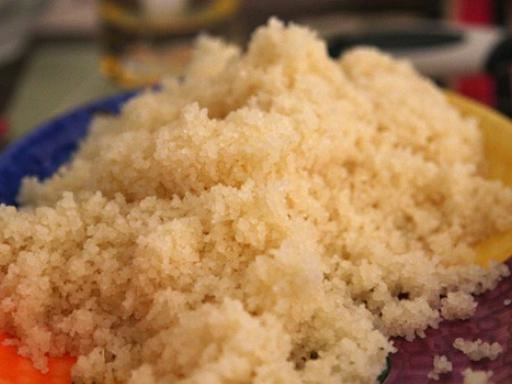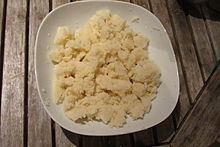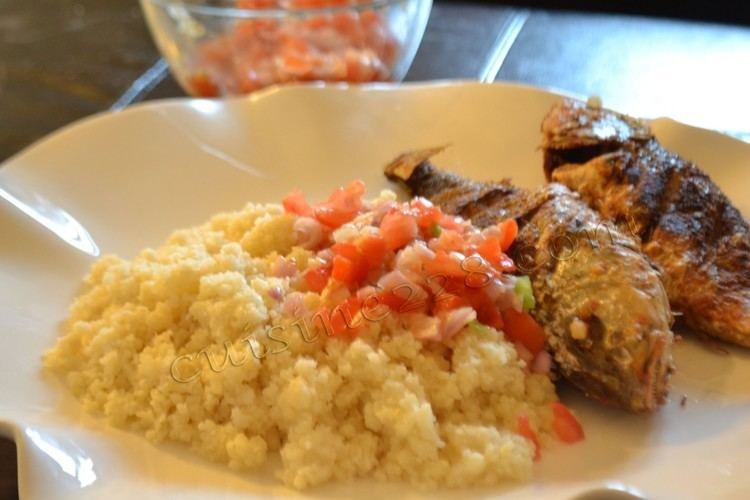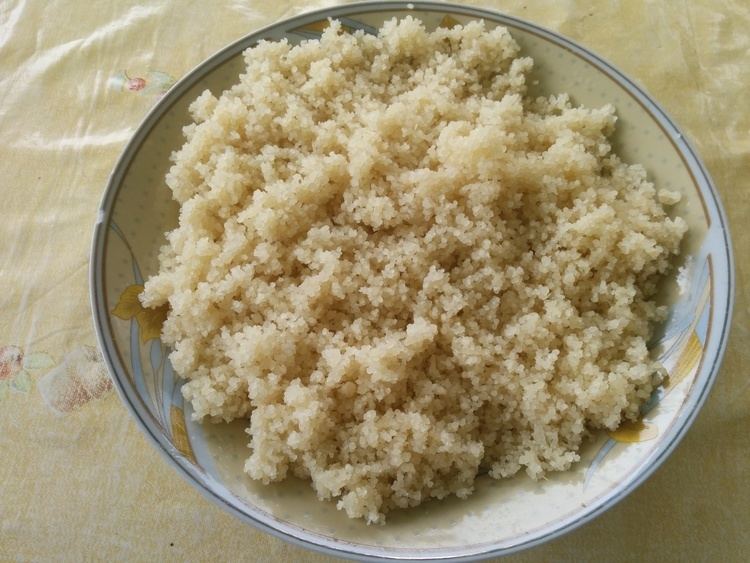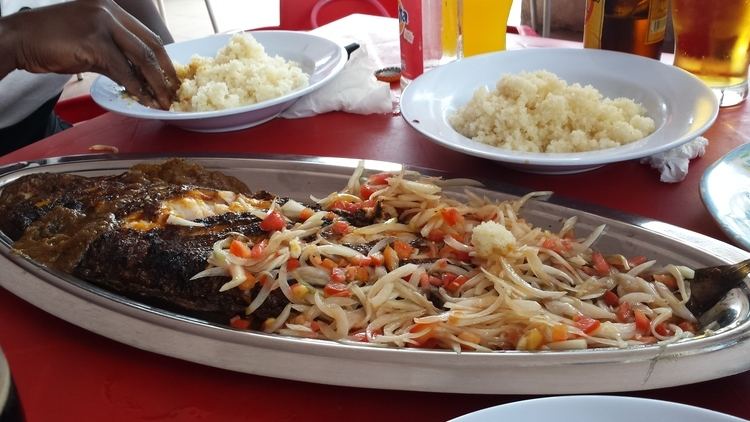Course Side dish Region or state West Africa | Place of origin Southern Côte d'Ivoire | |
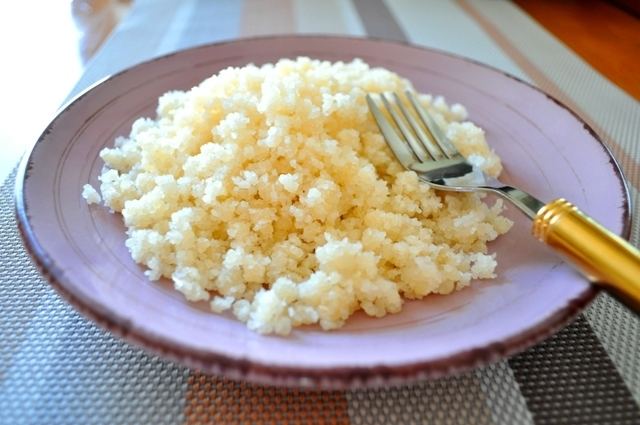 | ||
Main ingredients Fermented and grated cassava Similar Alloco, Kedjenou, Fufu, Thieboudienne, Yassa | ||
Ma famille atti k 1
Attiéké (also spelled acheke) is a side dish made from cassava that is a part of the cuisine of Côte d'Ivoire in Africa. The dish is prepared from fermented cassava pulp that has been grated or granulated. Dried attiéké is also prepared, which is similar in texture to couscous. It's a common and traditional dish in Côte d'Ivoire that originated in the southern part of the country, and methods for its production are well known in Côte d'Ivoire and also in Benin. In Côte d'Ivoire, the dish is often served with Kedjenou, a slow-cooked stew. Fresh attiéké can spoil quickly, and should generally be consumed within 24 hours after preparation. Its short-term perishability has created some problems in its mass distribution from rural areas to urban environments.
Contents
- Ma famille atti k 1
- Petits metiers gros business la fabrication de l atti k
- Preparation method
- References
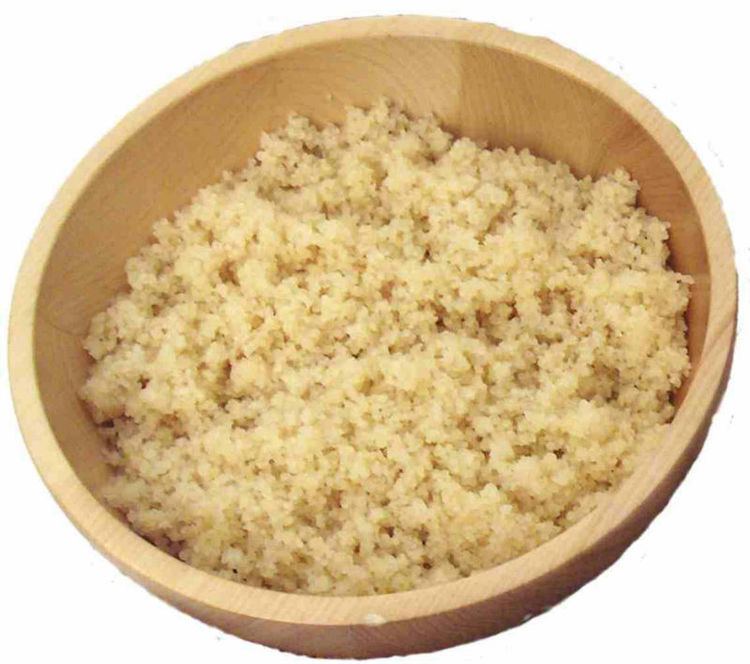
Petits metiers gros business la fabrication de l atti k
Preparation method
The cassava is peeled, grated and mixed with a small amount of cassava that was previously fermented which is the starter, (the starter has different names depending on the ethnic group that produces it (mangnan Ebrié lidjrou in Adjoukrou and bêdêfon in allandjan), the paste is left to ferment for one or two days. Once the fermentation time is over and the hydrocyanic acid that exists in a large proportion in natural cassava has been removed, the pulp is dewatered, screened, and dried, and then the final cooking is done by steaming the pulp. After a few minutes of cooking, the elattiéké is ready for consumption.
